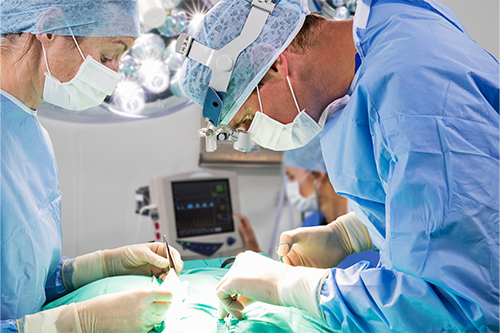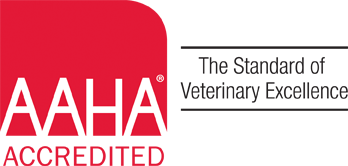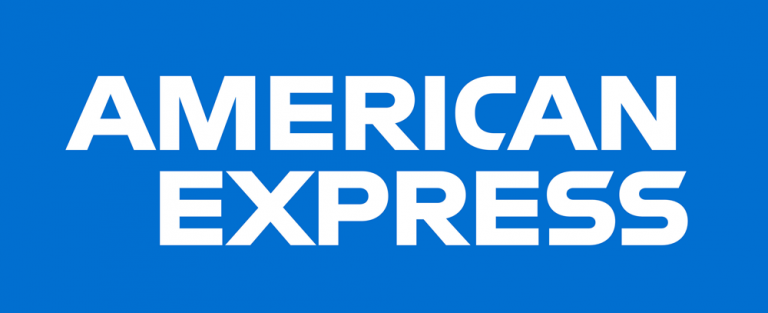
We recognize the uncertainty and anxiety that accompany your pet’s surgery and we want you to know that we are here to help. We offer the most advanced surgical techniques and technology for your pet’s comfort and safety. Your pet’s veterinarian will perform a physical exam and carefully screen your pet prior to surgery. All anesthetic medications are specifically tailored to your pet’s needs. To ensure the safest, most efficient procedures for your pet, our surgical services and facilities include:
- Surgery is performed using a surgical laser. This type of laser reduces pain and bleeding.
- Pet warming devices
- Use of cold laser on the surgical wound to promote healing
- Advanced sterilization techniques
- ECG and oxygen saturation monitors
- Blood pressure and CO2 monitors
In addition to the veterinarian, your pet will have a veterinary nurse assigned to monitor and care for them during the entire procedure and will receive individualized post-surgical care while they recover.
We routinely perform surgical procedures such as elective spay and neuter, and general soft tissue procedures such as cystotomy, and mass removals.

Dentistry
Did you know that dental disease can begin at a young age and that 80% of animals over 5 years of age have some form of dental disease? At Macungie Animal Hospital, we use the latest techniques and modern equipment to provide superior dental care for your pet. The following article will explain the complete oral examination and treatment plan offered through Macungie Animal Hospital.
Ten steps to a healthy mouth
- Physical examination: Every procedure performed at Macungie Animal Hospital begins with a thorough physical examination. The veterinarian will examine your pet from head to toe with particular attention to the oral cavity. Many times we can see obvious disease when looking into your pet’s mouth however it is difficult to fully examine the entire mouth of an awake pet. Only some of the teeth are readily visible and we can only see the crowns of the teeth without taking radiographs.
- Preoperative labwork: Part of any complete physical examination, labwork gives us a window into the function of your pet’s internal organs allowing the doctor to better keep your pet safe during an anesthetic procedure.
- General anesthesia: Thorough dental procedures cannot be performed without general anesthesia. When your pet is asleep, we can see the back of the mouth and he/she will lay quietly for dental radiographs. Your pet will be sedated, have an IV catheter placed to allow for appropriate fluid therapy, and be monitored throughout the procedure by experienced nurses.
- Intraoral Radiology: Full-mouth dental radiographs are performed for every dentistry patient. Radiographs are the only way to accurately evaluate the whole tooth, including its root structure, and jawbone health. The crown is the portion of the tooth that is visible and exposed above the gum line; the root of the tooth is embedded in a socket in the jaw bone. In many cases, the crown of the tooth may appear normal, while a radiograph of the tooth reveals a painful root problem that requires treatment. Once full mouth radiographs are taken, your pet’s veterinarian will decide on a therapy that is best for each tooth.
- Scaling: Scaling removes tartar from your pet’s teeth. Tartar is the crust that forms on the outside of the tooth. It is produced by bacteria and causes inflammation of the gums (gingivitis). Chronic gingivitis leads to recession of the gums, exposure of the tooth roots, and eventually the loss of the tooth. We remove the tartar with a combination of ultrasonic scaling and hand scaling, just like your dental hygienist. Removal of the tartar on your pet’s teeth is vital to improving the health of his/her mouth and removes the cause of halitosis (bad breath).
- Periodontal probing: Once the teeth have been scaled the veterinarian examines each tooth individually with a periodontal probe, looking for pockets in areas where the gum has lost its attachment to the tooth. Bacteria and tartar accumulate in pockets causing the tooth socket to erode and leading to loosening of the tooth and eventually to tooth loss. A small pocket may be cleaned and flushed, but a deep pocket requires the removal of the affected tooth.
- Charting: The combination of radiology, scaling, and periodontal probing allows us to accurately diagnose any problems with your pet’s teeth and formulate an appropriate treatment plan. We use a special chart to record our findings and treatments in your pet’s medical record.
- Extractions: If a tooth cannot be saved, it will be extracted. Just like your dentist, we give your pet an injection of a local anesthetic block to block numb the area before beginning the procedure. Even though your pet is asleep under a general anesthetic, removing a tooth can cause pain. The local anesthetic block prevents pain and has a long lasting effect providing several hours of post-operative comfort. Once the block has taken effect, we elevate a flap of gum tissue to expose the jaw bone. A high speed drill is used to cut the tooth into sections and remove some of the bone to allow for easier removal. The tooth is removed using instruments called elevators. Once the tooth is removed the socket is cleaned and we close the area using a flap of gum tissue. This gingival flap prevents food material from becoming lodged in the empty socket. The flap is sutured with a fine absorbable suture.
- Polishing: After scaling and necessary treatments are completed, we polish your pet’s teeth. A special dental instrument filled with polishing paste is used to remove any residual plaque and smooth the surfaces of the teeth.
- Post-operative care: Specific post-operative instructions will be provided for your pet. You may be asked to feed your pet soft food and refrain from brushing his/her teeth for a few days. If necessary, your pet may be prescribed pain medication to prevent discomfort. Additional instructions to help keep your pet’s teeth free from accumulating tartar will be discussed and you will be provided with options recommended specifically for your pet.
As you can imagine, this extensive procedure is more expensive than a routine veterinary visit. At Macungie Animal Hospital we strive to be transparent about the cost of veterinary care. After your pet’s initial oral examination, we will provide you with a rough estimate for the procedures we feel are necessary for your pet. Once your pet is anesthetized, if we find other issues that need to be addressed, we will call you to discuss our findings and update you on any additional necessary procedures. We work closely with financial provider Care Credit and can help you process an application for this card which can also be used in many human dental and health care facilities. If you already have pet insurance, some of the procedures may be covered under your policy. Please check with your individual provider or speak with our Client Coordinator for more information
Please call Macungie Animal Hospital if you have any questions regarding your pet’s dental procedure!







